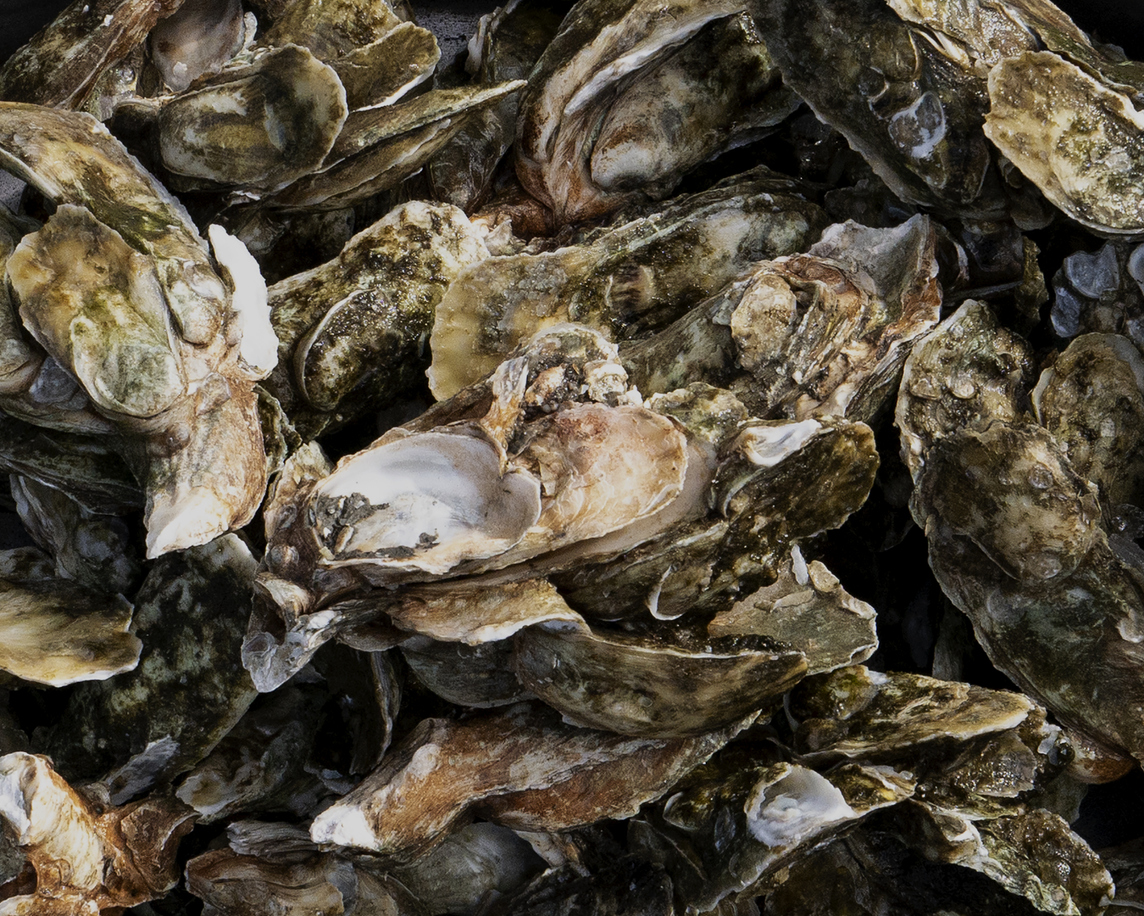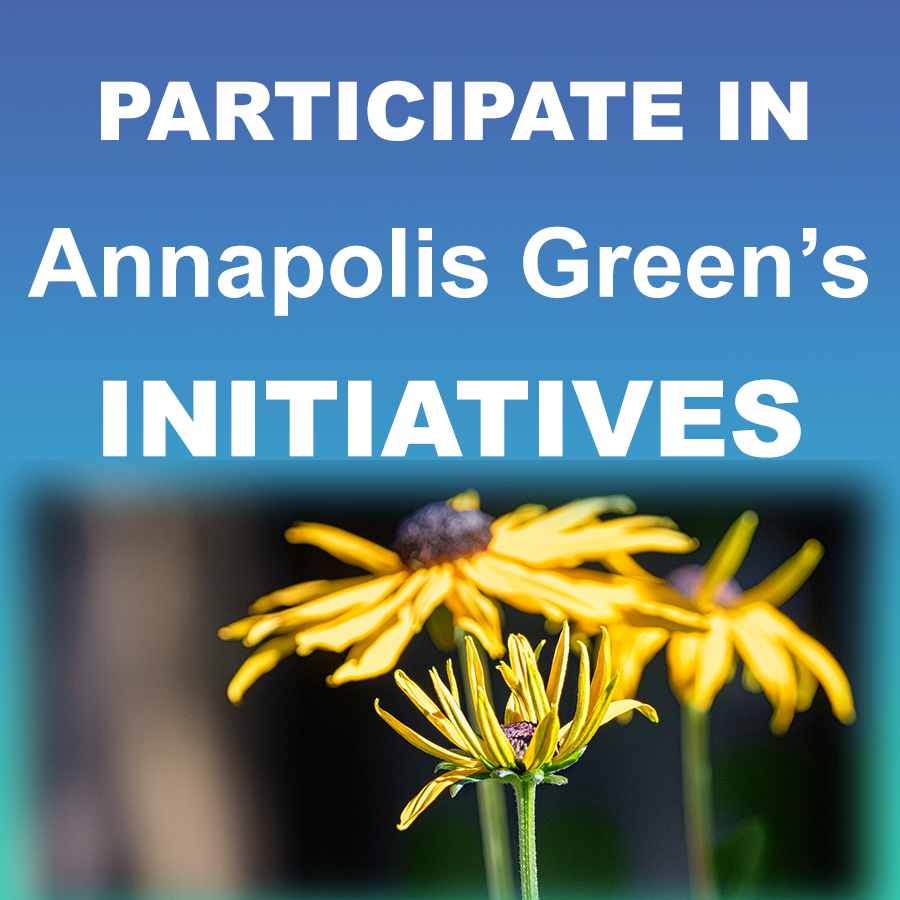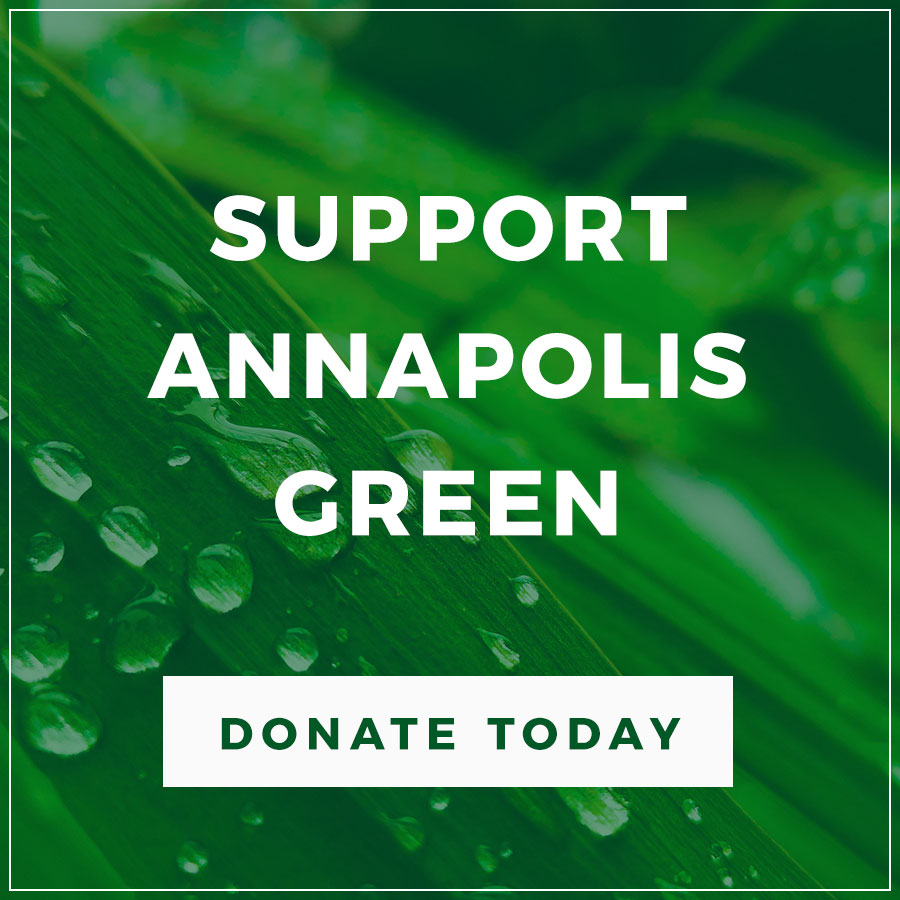Divers Find Proof: Natural Oyster Reproduction in Severn River

by Tom Guay, Executive Director
Severn River Association
 The Severn River Association (SRA) has some really great news to report: oysters are naturally reproducing in the Severn River!
The Severn River Association (SRA) has some really great news to report: oysters are naturally reproducing in the Severn River!
It doesn’t happen a lot, but it does happen. This is wonderful news because it means that one day, if we can maintain good water quality in the Severn River, we can recreate self-sustaining oyster habitat.

At right is SRA’s Field Investigator and oyster diver, Emi McGeady, pointing to an oyster that attached itself to piece of the granite substrate on the restoration reef known as Weems Upper.
The biological clue here is that this type of attachment is the result of natural reproduction. This is dramatically different from how oysters grow from the spat-on-shell oysters that SRA purchases from the Horn Point Hatchery in Cambridge, Md., for our oyster restoration programs. See image below.
Emi studied scientific oyster diving techniques under the direction of Audrey Pleva, a veteran diver with the University of Maryland’s renowned Paynter Lab. Developing this in-house capability for SRA is made possible by a grant from the Chesapeake Bay Trust.

This reproduction discovery was made this July by Emi and Audrey while conducting scuba diving operations to determine oyster population, density, survivability, sedimentation and other factors affecting oyster restoration efforts.
More good news: Our divers report that based on preliminary counts, our oysters are doing well. There’s a healthy density of oysters on all five of our restoration reefs.
They’re all waiting for the right conditions – that magic moment when the salinity is right, the moon breaks over the horizon, the music is soft and sweet, the candles are glowing …
To reproduce, oysters need a key ingredient: salinity levels at 12 parts per thousand (ppt) or more. This does happen now and again in the Severn River. But most of the time, the Severn River’s salinity is in the 6- to 10-ppt range. Oysters do just fine in this range. They can thrive and once they’re mature (usually three years old), they can filter up to 50 gallons of water a day. And, when salinity breaks 12 ppt… magic can, and does, happen.
SRA is partners with the Maryland Department of Natural Resources and the Oyster Recovery Partnership to bring the oyster back to the Severn River through the Marylanders Grow Oysters and Operation Build-A-Reef programs.
Here are some more images of our oyster dive team in action:












